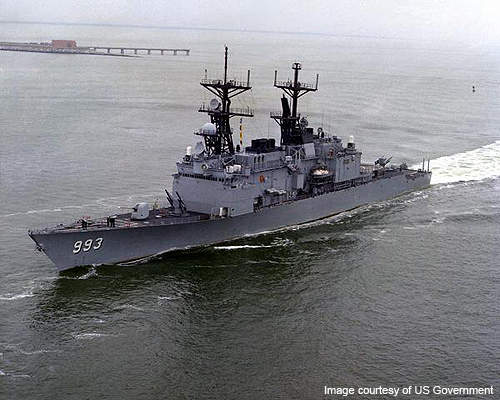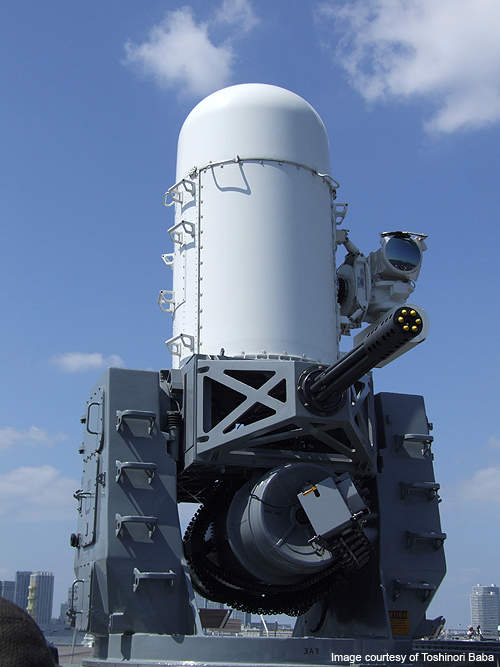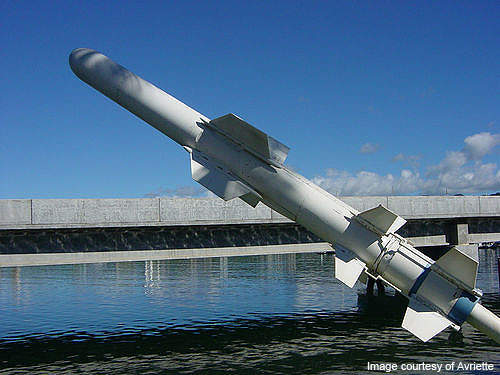The Kee Lung (Kidd) destroyers are in service with the Republic of China (Taiwan) Navy. Originally built for Iran, four destroyers were acquired by the US Navy following the cancellation of the deal by the Iranian government. Taiwan acquired all four of the destroyers from the US Navy in 2001.
The keel for the lead ship in the class, USS Kidd (DDG-993), was laid by Ingalls Shipbuilding in June 1978. It was launched in August 1979 and commissioned in June 1981. USS Callaghan (DDG-994) was laid down in October 1978, launched in December 1979 and commissioned in August 1981.
USS Scott (DDG-995) was laid down in February 1979, launched in March 1980 and commissioned in October 1981.
The last ship in the class, USS Chandler (DDG-996), was laid down in May 1979. It was launched in August 1980 and commissioned in March 1982.
Four Kidd Class destroyers were decommissioned by the US Navy in the late 1990s. In December 1998, the Department of Defense announced that Greece had requested a lease-sale arrangement of four destroyers. The deal was, however, later scrapped by the Greek Government later.
The sale of all the four destroyers to Taiwan was authorised by the US Government in 2001. The ships were transferred to the Taiwanese Navy under Kuang Hua VII programme.
The $732m deal included hardware upgrades, overhaul, activation and training. The four ships were renamed Keelung (1801), Suao (1802), Tsoying (1803) and Makung (1805), and commissioned into the Taiwanese Navy by 2006.
Kee Lung features
Designed to conduct general purpose operations, Kee Lung ships are capable of carrying out anti-air, anti-submarine and anti-surface warfare. They can also support amphibious landing forces.
Built to operate in the Persian Gulf waters, these ships feature advanced air-intake and filtration systems in order to handle dust and sand.
Command and control
Kee Lung Class destroyers are equipped with a Naval Tactical Data System (NTDS). NTDS integrates various subsystems and collects data from onboard and off-ship sensors.
The received data is processed and information about air targets is transferred to weapon systems for engagement.
Kee Lung missiles
Kee Lung Class is armed with two MK26 launchers and two MK141 quadruple canisters firing RIM-66 standard and Harpoon anti-ship missiles respectively.
Harpoon is an all-weather, over-the-horizon missile that can be launched against surface targets.
A New Threat Upgrade (NTU) anti-air warfare system and a TARTAR D anti-surface warfare system were also installed. The Harpoon missiles onboard Suao (1802) were replaced with Taiwan-made HF-3 supersonic anti-ship missiles.
Naval guns
The main guns are two 127mm, 54 calibre, Mark 45 dual-purpose guns. The Kee Lung Class ships are also fitted with two Phalanx close-in weapons systems (CIWS) for point defence.
The CIWS can fire 3,000 to 4,500 rounds a minute for an effective range of 3.6km.
Torpedoes
The Kee Lung Class features two Mark 32, 324mm triple torpedo tubes for six MK46 torpedoes. The MK46 can engage submarines within a range of 11km.
There is an MK112 launcher installed for firing anti-submarine rockets (ASROC).
Sensors / radars
The sensor suite includes the SPS-55 surface search radar, the SPS-48E three-dimensional air search radar, a Raytheon SPS-64 navigation radar, SPG-60 and SPQ-9A gun fire control radars and an SQS-53D bow-mounted search and attack sonar. The SPS-48E has an Automatic Detection and Tracking (ADT) capability.
Aircraft
The ships have a flight deck and an enclosed hangar to support the operations of two medium-lift helicopters. These helicopters are equipped for anti-submarine warfare operations.
Communication
The naval modular automated communication system (NAVMACS) installed in the Kee Lung class is supported by a satellite transceiver and a receiver for high-speed data transfers through satellite links. Other communications equipment includes UHF, VHF and HF radio.
Countermeasures
The destroyer has an AN/SLQ-32(V)3 Outboard II Electronic Warfare (EW) suite.
The EW system detects, processes and analyses enemy electronic emissions.
The system can be equipped with four deck-mounted super rapid-blooming off-board chaff (SRBOC) mortar-type launchers to deceive homing missiles.
An SLQ-25 Nixie towed torpedo decoy is also installed aboard the Kee Lung Class.
Propulsion
The Kee Lung Class is powered by a gas turbine propulsion system. Four LM-2500 marine gas turbines located in two main engine rooms drive two controllable, reversible pitch propellers through two shafts.
These turbines deliver a total power output of 80,000hp. The propulsion system provides a top speed in excess of 30kt and a maximum range of 6,000nm.











